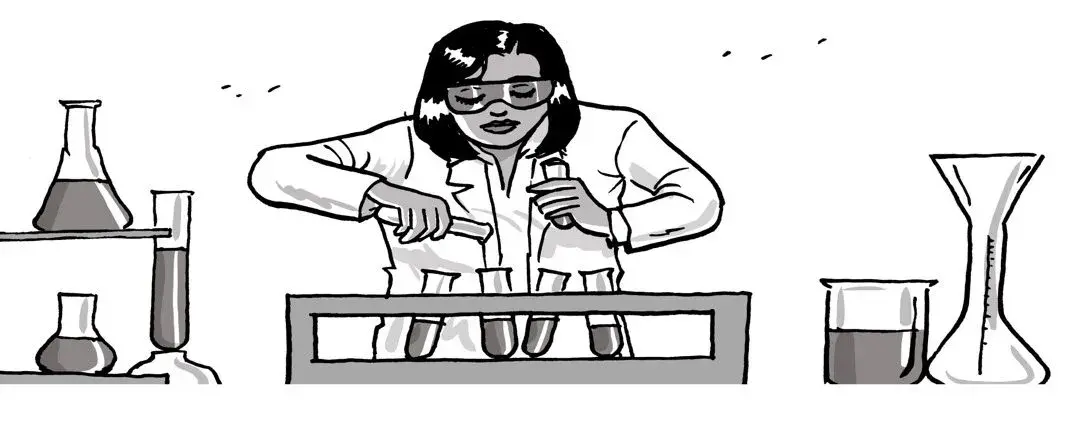An enterprise exists to deliver value to its stakeholders. Continuous delivery of value to stakeholders is the mantra that industry leaders now chant in their offices all day long. Now, how do they deliver this continuous value?
One important aspect of creating better customer outcomes is that allowing associates to experiment and fail. The organisation must allow their engineers to create prototypes of innovative ideas that they can show to the customer to understand the level of their acceptance. The organisation should not grudge the money a team spends on developing a feature that needs to be thrown away. These innovations brought before them make the customers feel that they are part of our ecosystem. Also, customers know that the organisation is vigilant enough to look for opportunities to improve our products for their benefit.
However, there are some aspects of experimentation and research with respect to customer outcomes, that sometimes turn out to be problematic.
One is politics within the customer organisation and levels within it. The MIS person may like the innovation, and exactly because they liked it, the user department may dislike it, and the innovative organisation may get caught in the crossfire.
Can you point out two other problems that are faced in an innovative environment?
SUGGESTED SOLUTION
One:
Sometimes, customers are so taken in by the “cuteness” of a novel idea that they don’t consider the practicality of the idea or whether it is realistic. They can become overly enthusiastic about getting the idea implemented. Only later do they realise any downside to the idea. To overcome this the organisation has to present the pros and cons of a new idea to ensure that any enthusiasm is tempered by the knowledge of the downside.
Two:
Measuring customer response. There are cultural and individual variations in the way people respond to what is shown before them. Some may say “good” when they mean “brilliant” and others may say “brilliant” when they mean “well…”. There needs to be mechanisms, like training, coaching, etc., in place to make developers aware of the nuances of such communication, so that they can interpret customer responses appropriately.





One Response